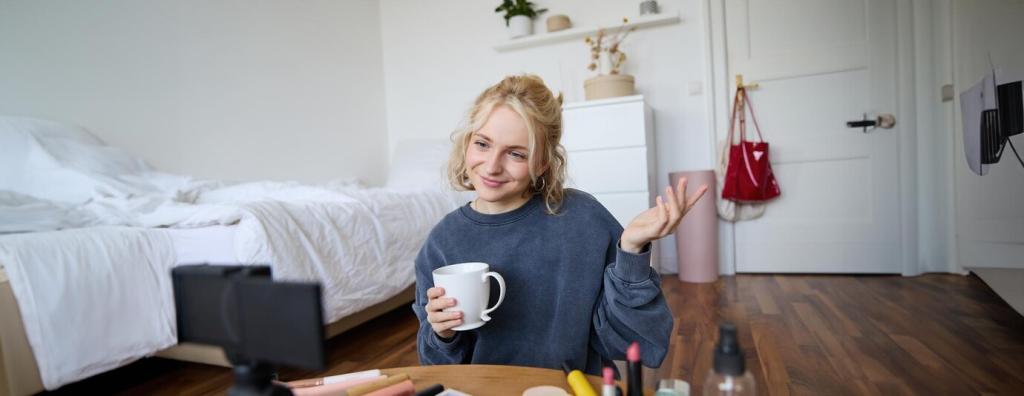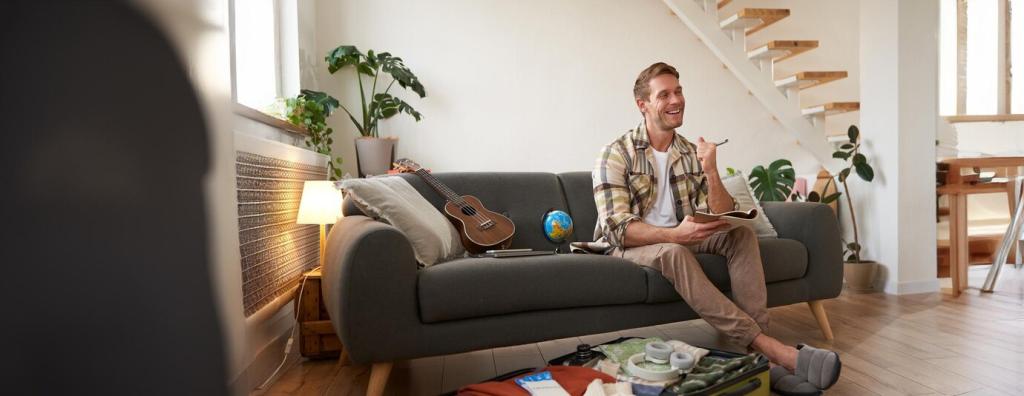
Creating a Cohesive Minimalist Aesthetic in Interior Spaces
Achieving a cohesive minimalist aesthetic in interior spaces is an intentional process that unites simplicity with elegance. The essence of minimalism is to embrace only what serves a purpose or brings joy—removing excess, highlighting form, and maximizing serenity. Through careful curation and sensitive design choices, a space can feel open, balanced, and effortlessly harmonious. This approach is not just about reducing clutter but also about celebrating quality, light, and a sense of calm. Whether you are transforming a single room or your entire home, understanding the core elements of minimalism helps create interiors that are both functional and breathtakingly serene.
The Philosophy Behind Minimalism
At the core of minimalist design lies the principle of simplicity and intention. Every object, line, and material in a minimalist space serves a specific purpose, either functional or emotional. There is a deliberate avoidance of ornamentation that lacks purpose, which allows each element to shine in its own right. Such spaces exude clarity, lightness, and a sense of order that encourages peace of mind. The minimalist philosophy extends beyond mere visual appearance, fostering mindfulness in choosing what occupies a home and, by extension, one’s mental space. It is about making room for what matters most rather than simply getting rid of excess.
The roots of minimalism are found both in early 20th-century art movements and in traditional Japanese design. Western artists such as Donald Judd and Agnes Martin emphasized purity, repetition, and basic forms, inspiring a movement toward the essentials. Meanwhile, Japanese interiors have long championed simplicity, natural light, and organic materials. The fusion of these influences created an appreciation for open spaces, neutral palettes, and functional beauty in modern architecture and interiors. Today, minimalist interiors blend these global inspirations, achieving calm, spatial efficiency, and a harmonious relationship with environment and culture.
Minimalism offers significant psychological benefits. By reducing visual noise, a minimalist space lessens distractions and helps lower stress levels. The sense of order promotes clarity and encourages more focused and mindful living. With fewer objects, cleaning and maintaining spaces feels more manageable, leading to increased satisfaction and relaxation. Beyond aesthetics, the minimalist interior becomes a sanctuary that supports well-being, creativity, and even productivity. The result is an environment that rejuvenates, rather than overwhelms, those who inhabit it, allowing for greater appreciation of the essentials in life.
Curating Your Color Palette

Neutral Foundations
Neutral colors form the backbone of minimalist design, providing a blank canvas that is both calming and versatile. Whites, greys, beiges, and subtle taupes enhance the perception of space and natural light while creating a sense of quiet elegance. They help unify a room, ensuring that architectural forms and carefully selected furnishings take the spotlight. This restrained palette allows for visual rest, guiding eyes smoothly across the environment. By limiting the hues in a space, it becomes easier to maintain a harmonious flow from one area to another, resulting in an interior that radiates calm and cohesion without visual disruption.

Thoughtful Contrast
While neutral colors dominate, strategic use of contrast is essential to prevent monotony in minimalist spaces. Incorporating deeper or slightly richer shades—such as charcoal, slate, or warm browns—adds depth and interest. These contrasts can be expressed through anchors like accent walls, dark furnishings, or natural stone. The key lies in restraint: contrast should draw attention to sculptural forms or spatial boundaries without overwhelming the minimalist intent. Thoughtful contrast brings dynamism into play, emphasizing architectural features and textures while maintaining a sense of unity, reinforcing the overall cohesive feel of the interior.

Accent and Warmth
A minimalist palette does not mean a sterile or lifeless environment; subtle accents are invaluable for injecting warmth and personality. Soft blushes, muted greens, or warm metallics can be introduced through textiles, art, or carefully chosen decor. The use of natural materials—such as wood, linen, or clay—imbues the space with organic warmth and tactile interest. These accents break up monotony and offer a gentle sense of variation, serving as focal points without distracting from the serenity of the space. The right balance of accents animates the environment, ensuring it remains inviting and emotionally resonant.
Selecting and Arranging Minimalist Furniture
In minimalism, every piece of furniture must justify its presence. Selecting essential pieces means prioritizing items that serve multiple functions or have timeless appeal. Instead of overfilling rooms, choose pieces with clear purposes—like a streamlined sofa, a purposeful dining table, or a single artful chair. Avoid superfluous decorations and redundant furnishings. This approach encourages mindful ownership and helps ensure each element is used and appreciated. Fewer pieces mean more open space, improving movement and allowing architecture to stand out, contributing to an environment that feels calm, organized, and free from clutter.
Previous
Next
